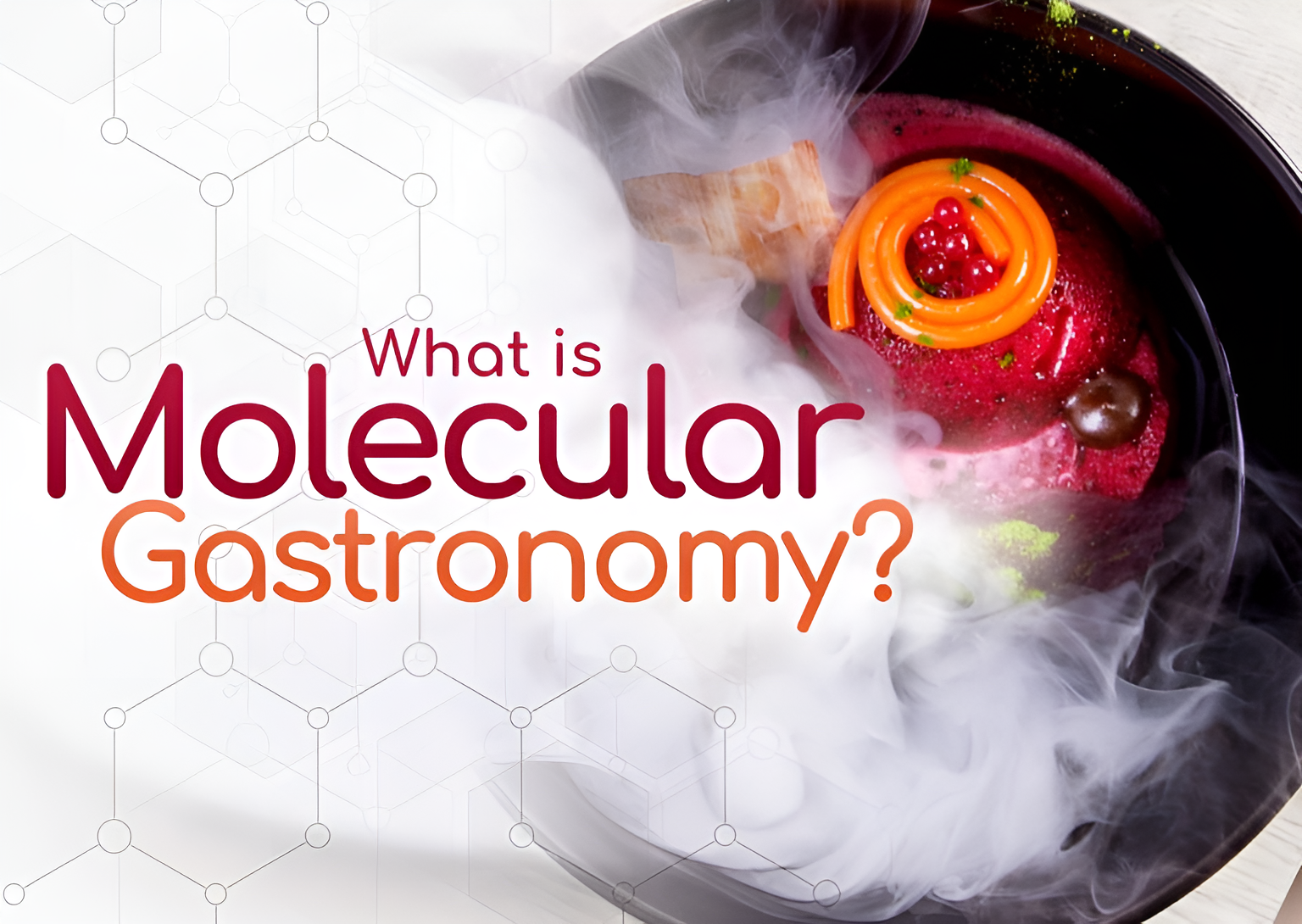Indian cuisine is a reflection of the country’s rich cultural heritage and history. It is a melting pot of various flavors, ingredients, and cooking techniques that have evolved over the centuries. The evolution of Indian gastronomy is a fascinating tale of fusion, one that has been shaped by the influence of various cultures and religions. In this article, we will delve into the history of Indian cuisine and explore the various factors that have contributed to its evolution.
Prehistoric Beginnings: The Emergence of Agriculture
The story of Indian gastronomy begins with the emergence of agriculture in the Indian subcontinent. Archaeological evidence found in northern Rajasthan suggests that forests were cleared, and crops were grown in this region as early as 8000 BCE. One of the most important prehistoric sites that are significant in terms of the development of agriculture is Mehrgarh in Baluchistan. Here, wheat and barley were grown as early as 6500 BCE. By around the 3rd millennium BCE, settlements also came up in river valleys of the Godavari, Krishna and Kaveri, in the southern part of the subcontinent.
Indus Valley: Cities and Surplus
The Indus Valley Civilization (3000-2000 BCE) or Harappan Civilization, emerged along the fertile river valleys of the Punjab and Sindh. It is one of the earliest known urban civilizations of the world. The urban cities of this civilization were supported by surplus food production in the outlying areas. The number and variety of crops cultivated greatly diversified during this period. Archaeological evidence suggests that wheat, barley, lentils, peas, and sesame were some of the principal crops grown. The evidence also suggests that fish formed a part of the diet and that the people of this civilization were skilled in farming and agriculture.
Vedic Period: The Influence of Society and Religion
During the Vedic period, significant developments in society influenced the growth of specific culinary habits. It was during this period that stratification based on caste or birth was introduced in society, which also brought in the notion of purity and pollution associated with food. The religion of the Vedas was centered on the performance of sacrifices. The sacrifices involved offering cooked food to gods by a householder on the domestic hearth, elaborate public sacrifices, and the drinking of Soma (an intoxicating liquid). The cow was central to the society, economy, and polity of the Vedic age, which naturally entailed the wide prevalence of dairy products in the culinary repertoire of this period.
Ancient India: The Beginning of Fusion Cuisine
The history of Indian gastronomy can be traced back to ancient times. The Indus Valley Civilization, which existed around 2500 BCE, was known for its sophisticated system of agriculture and advanced knowledge of farming. The people of this civilization were skilled in cultivating a variety of crops, including wheat, barley, peas, and lentils. This abundance of agricultural produce laid the foundation for the diverse and flavorful cuisine that we know today.
Medieval India: The Influence of Mughals
The medieval period saw the introduction of new flavors and cooking techniques to Indian cuisine, thanks to the Mughal Empire. The Mughals, who were of Central Asian and Persian descent, brought with them an array of spices and ingredients that were previously unknown to the Indian palate. They also introduced new cooking methods, such as grilling and roasting, which greatly influenced the way Indian food was prepared. Some of the famous dishes that originated during the Mughal era include biryanis and kebabs.
Colonial India: The Impact of British Rule
The British rule in India had a significant impact on the country’s gastronomy. The British introduced new ingredients and cooking techniques, such as baking and roasting, which became an integral part of Indian cuisine. They also popularized the use of tea and coffee, which have now become an essential part of Indian culture. One of the most famous dishes that originated during the colonial era is fish and chips, which was adapted to Indian taste and is known as “Fish Fry” in India.
Modern India: The Fusion of Global Flavors
In recent years, Indian cuisine has undergone a revolution, with the fusion of global flavors and cooking techniques. Indian chefs have been experimenting with new ingredients and techniques, creating a unique blend of traditional and modern flavors. Indian fusion cuisine has become increasingly popular, and Indian restaurants are now found all over the world. Some of the most popular fusion dishes include Indian-Chinese dishes like “Hakka Noodles” and “Gobi Manchurian” and Indian-Mexican dishes like “Taco Samosa” and “Paneer Tikka Quesadilla”.
Conclusion
The evolution of Indian gastronomy is a fascinating story of fusion and adaptation. From the prehistoric beginnings of agriculture to the Indus Valley Civilization, and the Vedic period, each historical layer has left an indelible impact on the country’s rich culinary heritage. Indian cuisine is known for its diversity and complexity, and it continues to evolve and adapt to new trends and flavors. Food lovers all around the world can enjoy the true culinary delights of India.
Know more about : https://blog1.liplickpizzeria.com/classical-age-the-growth-of-trade-state-and-orthodoxy/


One comment